The 9600 MT/s Dream: COLORFUL’s iGame Shadow II and the AMD Ryzen 9000 Promise
COLORFUL Technology, a brand increasingly making waves in the enthusiast PC space, has just unveiled its iGame Shadow II DDR5 memory series, promising blistering speeds and optimized performance for AMD’s upcoming Ryzen 9000 CPUs. The headline? A staggering 9600 MT/s overclocking achievement on the AM5 platform. While such numbers are undoubtedly exciting, they also bring to mind the ongoing saga of DDR5 stability, particularly when it comes to enabling advertised speeds via XMP or EXPO profiles. Is the iGame Shadow II a beacon of stability, or another chapter in the DDR5 speed vs. reliability debate that has plagued many builders?
The DDR5 Reality Check: XMP/EXPO’s Double-Edged Sword
For many PC builders, enabling XMP (Intel) or EXPO (AMD) profiles is supposed to be a one-click gateway to higher memory speeds. Yet, a significant portion of the community reports persistent crashes, blue screens, and instability when attempting to run their DDR5 RAM at its advertised rates. This creates a frustrating gap between marketing claims and user experience, a crucial context for any new high-speed memory launch. It’s a common scenario: a user installs a new, high-speed kit, enables the profile in the BIOS, only to be met with system instability, leaving them confused and questioning the ‘plug-and-play’ promise.
iGame Shadow II Unveiled: Specs, Style, and Broad Compatibility
The iGame Shadow II DDR5 series isn’t just about raw speed; it’s also designed with aesthetics and broad compatibility in mind. Sporting a distinctive heat sink inspired by traditional East Asian ink wash painting, complete with a dynamically etched ‘Shadow’ character and customizable RGB lighting, these modules aim to stand out. More importantly, they offer support for both AMD EXPO and Intel XMP 3.0 technologies, ensuring plug-and-play optimization across a wide range of platforms. The flagship kit boasts DDR5-6400 CL28 speeds at a power-efficient 1.4V, a voltage notably lower than some comparable high-speed kits. For demanding users, high-capacity options include a massive 96GB (2x48GB) configuration, with an initial launch focusing on a DDR5-6000 CL28 48GB (2x24GB) kit, balancing performance with broad accessibility.
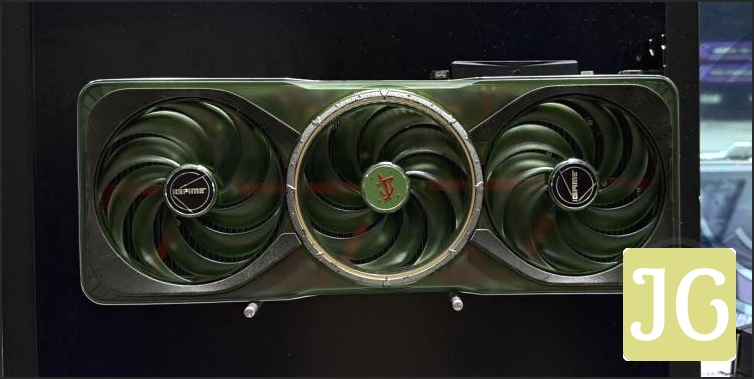
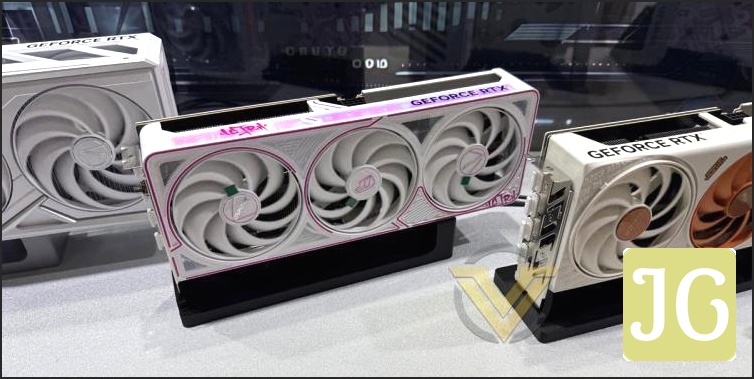
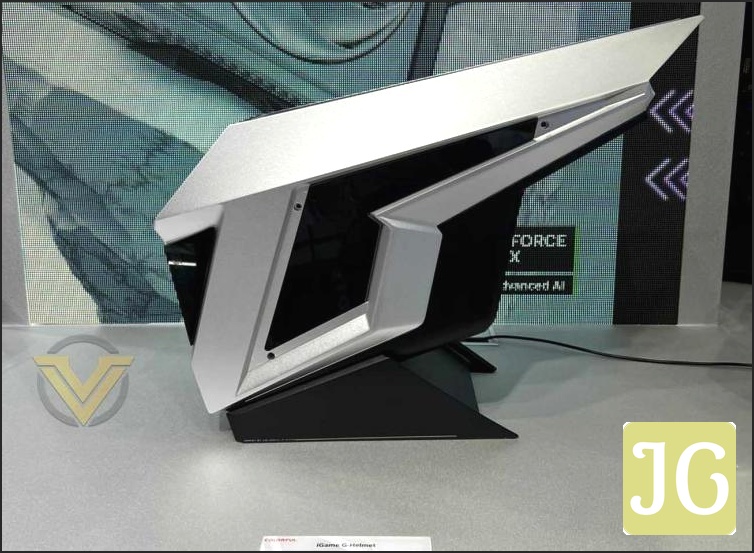
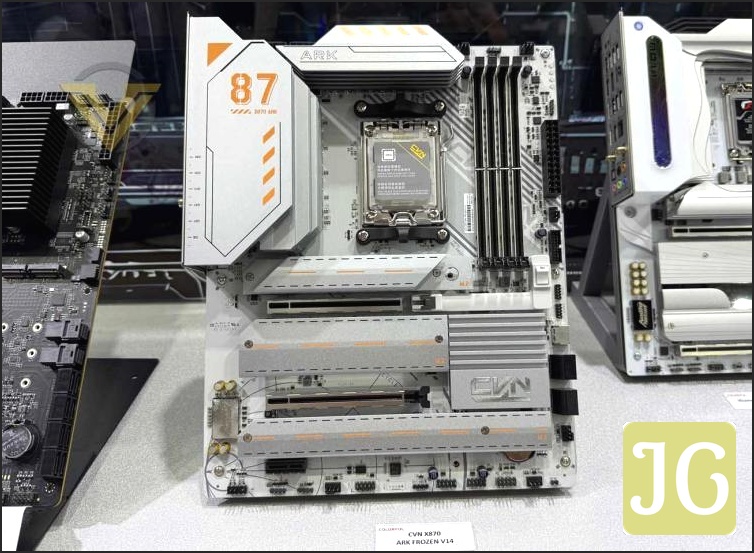
COLORFUL iGame Shadow II DDR5 Key Specifications
- Series
- iGame Shadow II DDR5
- Target Platform
- AMD Ryzen 9000 Series (AM5)
- Compatibility
- AMD EXPO, Intel XMP 3.0
- Flagship Speed/Latency
- DDR5-6400 CL28
- Operating Voltage (Flagship)
- 1.4V (lower than typical 1.45V)
- Available Capacities
- 32GB (2x16GB), 48GB (2x24GB), 64GB (2x32GB), 96GB (2x48GB)
- Aesthetic Features
- Ink wash design heat sink, etched ‘Shadow’ character, customizable RGB lighting, black/white options
- Initial Launch Kit
- DDR5-6000 CL28 2x24GB (48GB)
The Overclocking Edge: Decoding COLORFUL’s 9600 MT/s Achievement
COLORFUL’s claim of 9600 MT/s with the iGame Shadow II DDR5 is a significant milestone for the AM5 platform, pushing the boundaries of what’s considered achievable. This peak performance was achieved in a dual-channel configuration at a tight CL30 latency, utilizing a Ryzen 7 9800X3D processor and an ROG Crosshair X870E APEX motherboard – a board specifically designed for extreme memory overclocking with its two-DIMM profile. Beyond the absolute peak, COLORFUL also reported stable operation at 9200 MT/s with CL32 timings, validated by RunMemtest Pro, offering a more realistic high-end daily performance target. For those prioritizing ultra-low latency, a separate test with a Ryzen 9 9950X3D achieved 7200 MT/s with exceptionally tight CL24 timings in a 1:1 UCLK=MCLK ratio, demonstrating remarkable stability and responsiveness. This impressive performance is attributed to meticulously binned SK Hynix memory chips and a robust 10-layer PCB design, crucial for reducing signal interference and enhancing overclocking potential, showcasing COLORFUL’s commitment to underlying component quality.
The Community’s Plea: Navigating XMP/EXPO Instability
Despite the impressive technical feats demonstrated by manufacturers like COLORFUL, the broader PC gaming community continues to grapple with the inconsistencies of XMP and EXPO profiles. Our ‘Fandom Pulse’ analysis reveals widespread frustration and confusion over persistent stability issues when trying to enable these ‘one-click overclocking’ features. Users frequently encounter system crashes, blue screens, or simply find their memory reverting to lower JEDEC speeds, undermining the promise of high-performance DDR5. This isn’t just an isolated issue; it’s a common pain point that highlights the complexity of memory controllers, motherboard firmware, and CPU compatibility in achieving stable, high-speed RAM operation. The disconnect between advertised speeds and real-world stability leaves many feeling that their expensive, high-performance memory isn’t delivering on its full potential without extensive, often frustrating, manual tuning.
Beyond Memory: COLORFUL’s Broader Vision at COMPUTEX 2025
While the iGame Shadow II DDR5 is a standout, it’s part of a larger, ambitious portfolio COLORFUL showcased at COMPUTEX 2025. The company demonstrated its evolution from a component agent to a comprehensive industrial chain enterprise, unveiling a broad spectrum of innovations. Highlights included the vibrant MEOW Series gaming PCs and peripherals, a distinctive limited-edition iGame GeForce RTX 5080 Advanced OC x DOOM Edition graphics card, and intriguing prototypes like the iGame Vulcan Space Capsule PC enclosure. This commitment to diverse product development, from high-performance RAM to unique gaming systems, underscores COLORFUL’s dedication to pushing the boundaries of PC gaming technology, positioning them as a holistic innovator in the enthusiast market.
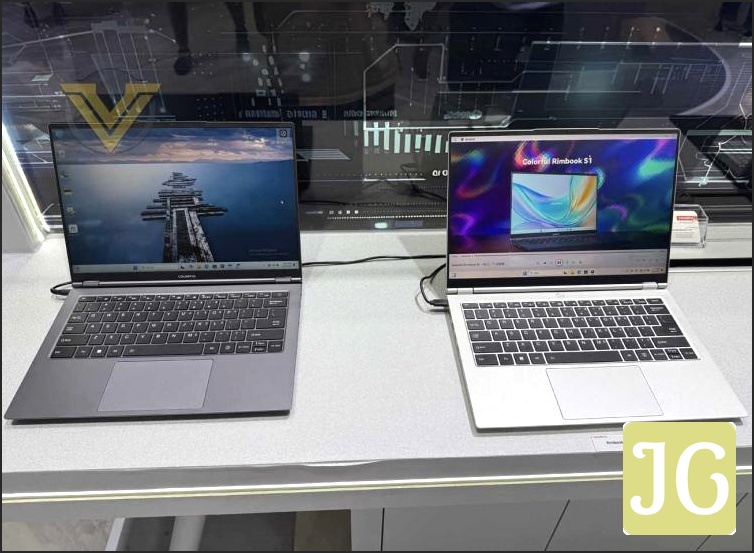
Key Takeaways: The Shadow II’s Place in the DDR5 Landscape
- COLORFUL’s iGame Shadow II DDR5 showcases impressive overclocking potential, achieving 9600 MT/s on AMD’s AM5 platform with Ryzen 9000 CPUs.
- The memory features DDR5-6400 CL28 flagship speeds, a unique ink wash aesthetic, and broad AMD EXPO/Intel XMP 3.0 compatibility.
- Despite these advancements, the community remains frustrated by persistent XMP/EXPO instability issues, creating a significant challenge for ‘plug-and-play’ high-speed DDR5.
- COLORFUL’s broader presence at COMPUTEX 2025 highlights its commitment to diverse gaming technology innovation, from memory to GPUs and full systems.
The Road Ahead for High-Speed DDR5
The COLORFUL iGame Shadow II DDR5 memory stands as a testament to the incredible engineering pushing the boundaries of RAM performance. Its ability to hit 9600 MT/s on the AM5 platform is a significant technical achievement, hinting at the raw power of upcoming Ryzen 9000 systems and the potential for unparalleled speed. However, the shadow of XMP/EXPO instability continues to loom large over the DDR5 landscape, reminding us that theoretical speeds don’t always translate to stable, everyday performance for every user. While COLORFUL has delivered a technically impressive product with striking aesthetics and robust features, the true ‘plug-and-play’ high-speed DDR5 experience remains a work in progress for the industry. The iGame Shadow II offers a glimpse into a future of incredible memory speeds, but the journey to universal stability at those speeds, without the need for extensive manual tweaking, is far from over.
Frequently Asked Questions About DDR5, XMP, and EXPO
What is the difference between JEDEC, XMP, and EXPO?
JEDEC refers to the standardized, default speeds and timings for RAM, ensuring broad compatibility. XMP (Extreme Memory Profile) is an Intel-developed technology, and EXPO (Extended Profiles for Overclocking) is AMD’s equivalent. Both are pre-configured overclocking profiles stored on the RAM modules that allow users to easily achieve higher speeds and tighter timings than JEDEC, typically enabled in the BIOS/UEFI.
Why do users experience instability with XMP/EXPO?
Instability can stem from several factors, including motherboard firmware maturity, CPU memory controller limitations, the quality of the RAM’s components (e.g., binning of chips, PCB design), and even power delivery. While XMP/EXPO profiles are tested, they might not be universally stable across all hardware combinations, especially at very high speeds.
Is 9600 MT/s achievable for all users with the iGame Shadow II?
While COLORFUL demonstrated 9600 MT/s, this was achieved in a highly optimized test environment with specific, high-end components (e.g., ROG Crosshair X870E APEX motherboard). Real-world results will vary significantly based on your CPU’s memory controller, motherboard, and overall system tuning. It represents the module’s potential, not necessarily guaranteed ‘plug-and-play’ performance for everyone.
What are the benefits of higher DDR5 speeds for gaming?
Higher DDR5 speeds can improve system responsiveness, reduce game loading times, and provide a boost in minimum framerates (1% lows), particularly in CPU-bound scenarios or games sensitive to memory bandwidth. For content creation and productivity, faster memory can significantly accelerate tasks like video editing, 3D rendering, and large data processing.


